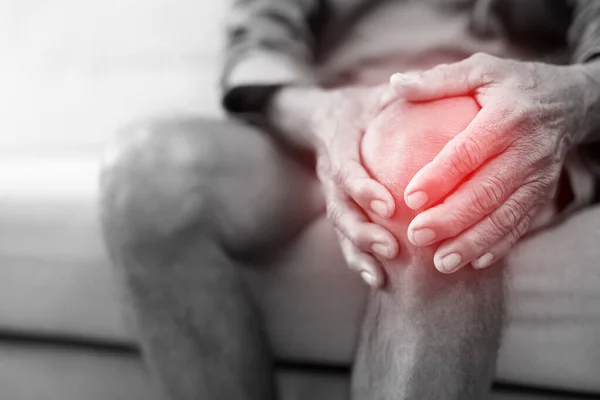Getting active helps strengthen the muscles that support joints and can help alleviate pain and prevent injuries. But it’s important to start slowly and warm up your joints with range-of-motion exercises before moving on to strength training or aerobic exercise.
Lie on the floor and bend your right leg. Slowly raise your leg toward your body and pause for 20 seconds before lowering it. Repeat twice. Learn therapy for muscle pain with expert tips on relieving joint pain through physical therapy methods.
1. Yoga
Yoga is a gentle method of exercise that strengthens muscles and bones without adding too much pressure to joints. It’s an excellent alternative to medication and can improve balance, flexibility and mobility.
For instance, the Utakatasana (Chair Pose) shifts body weight to reduce knee pressure and strengthens thighs and quads. Dolphin Plank Pose stretches shoulders and hamstrings while strengthening wrists, arms and legs.
Those with chronic joint pain may need to slow down or modify some of the poses, but the goal is to move gently and get regular exercise. Strong, healthy bones and muscles support stable joints, reducing discomfort and preventing future injuries.
2. Pilates
Designed by exercise experts, these workouts help you strengthen the muscles that support your joints without adding extra strain. This helps reduce pain and improve your posture, balance and flexibility.
Pilates focuses on core strength, which influences stability and balance as well as allowing you to perform everyday movements more easily. It works the smaller, deeper stabilizing muscles as well as your prime movers, and fine-tunes neuromuscular patterns to improve movement efficiency.
In fact, a 2018 study published in the Journal of Exercise Rehabilitation found that people who practiced Pilates three times a week for eight weeks improved their functional movement scores more than those who did other types of low-impact exercises like walking and gardening.
3. Stretching
Stretching is a good way to keep muscles and joints supple. Tight muscles don’t move as well as long, flexible ones, and can increase the risk of injury.
Stretches should be done slowly and gently, never to the point of pain. Tight muscles are protected by a safety mechanism known as the stretch reflex, which contracts the muscle to prevent serious damage to muscles and tendons.
Our Joint Pain Relief Report features workouts designed by exercise experts to strengthen the muscles that support your joints, and increase flexibility without increasing tension in painful areas. These exercises can help you return to daily activities and remain active throughout your life.
4. Strengthening
Strengthening exercises lessen stiffness and put joints through their full range of motion. Hand weights and resistance bands are two easy-to-use tools that can be used to build muscle strength.
Aerobic exercise improves cardiovascular health, controls weight and helps combat fatigue. Walking, bicycling, swimming and using an elliptical machine are low-impact exercises that can improve your fitness without stressing your joints.
Warm up for 5 to 10 minutes before performing any stretching or strengthening exercises. A good way to warm up is by cycling on a stationary bike, walking or using an elliptical machine. Start slowly and gradually increase your time each week.
5. Low-impact aerobic exercise
Aerobic exercises increase cardiovascular endurance and improve muscle strength. They also help people manage their weight and blood pressure and improve overall health and well-being.
Unlike high impact exercise, where both feet leave the ground, low-impact aerobics involve fluid movements that put less stress on joints. Examples include walking, cycling, swimming and elliptical training.
Swimming laps and water aerobics are effective cardiovascular workouts that strengthen multiple muscle groups and increase cardiopulmonary fitness without excessively stressing the knees, hips and ankles. You can even exercise in the pool with a water jogging belt, which suspends you above the water floor, to reduce the amount of joint pressure exerted.
6. Walking
Although achy knees, hips and shoulders may prevent you from enjoying a stroll through the park or kicking a soccer ball around with friends, don’t let them stop you. Being active can strengthen muscles that support the joints and help you lose weight, which takes pressure off aching ones.
You can get the joint-friendly exercise you need with a few simple strategies. Start with a low-impact activity such as walking, which you can do almost anywhere. Then add more exercises to build up your stamina over time. You can also use a chair to strengthen your hands by slowly curling them closed one knuckle at a time or spreading your fingers wide while placed flat on a table.
